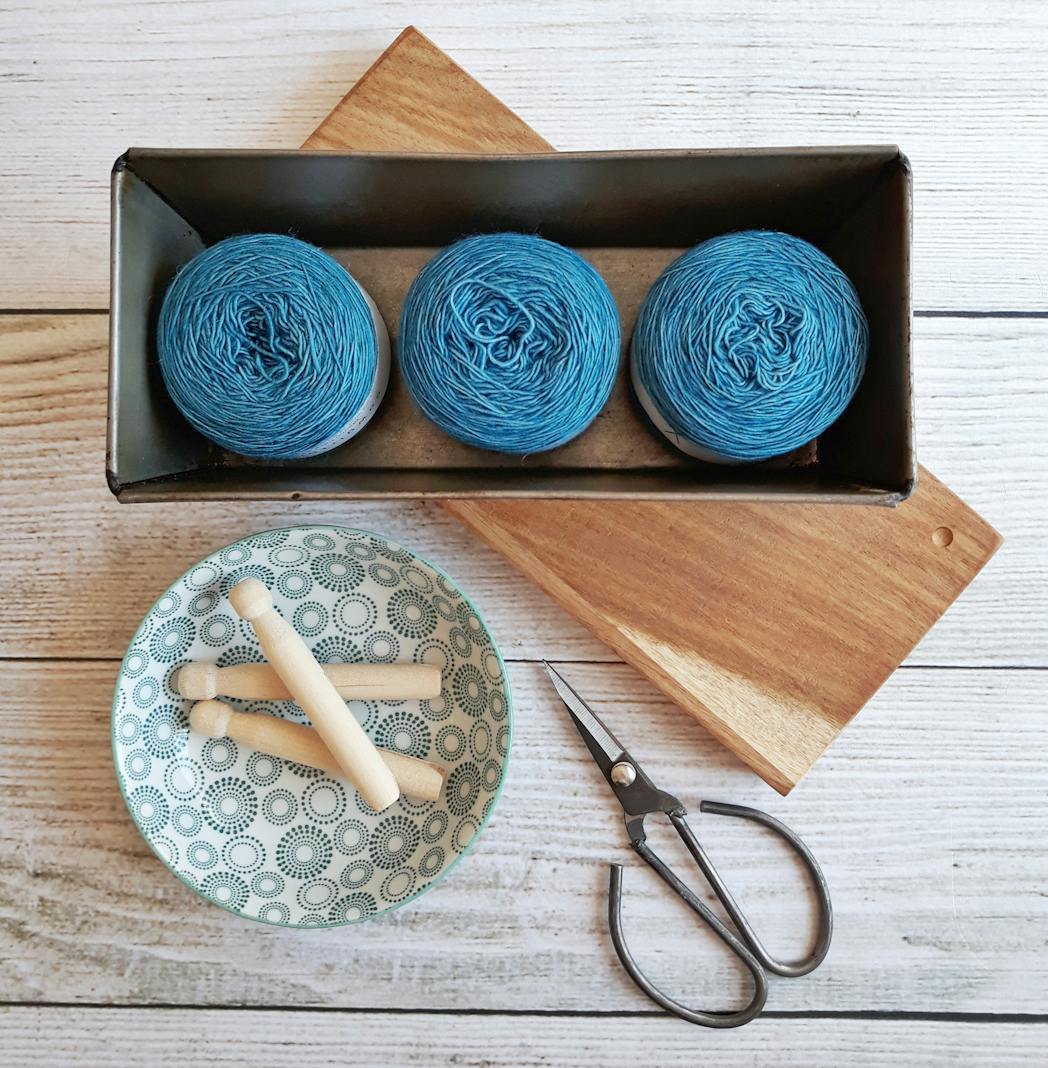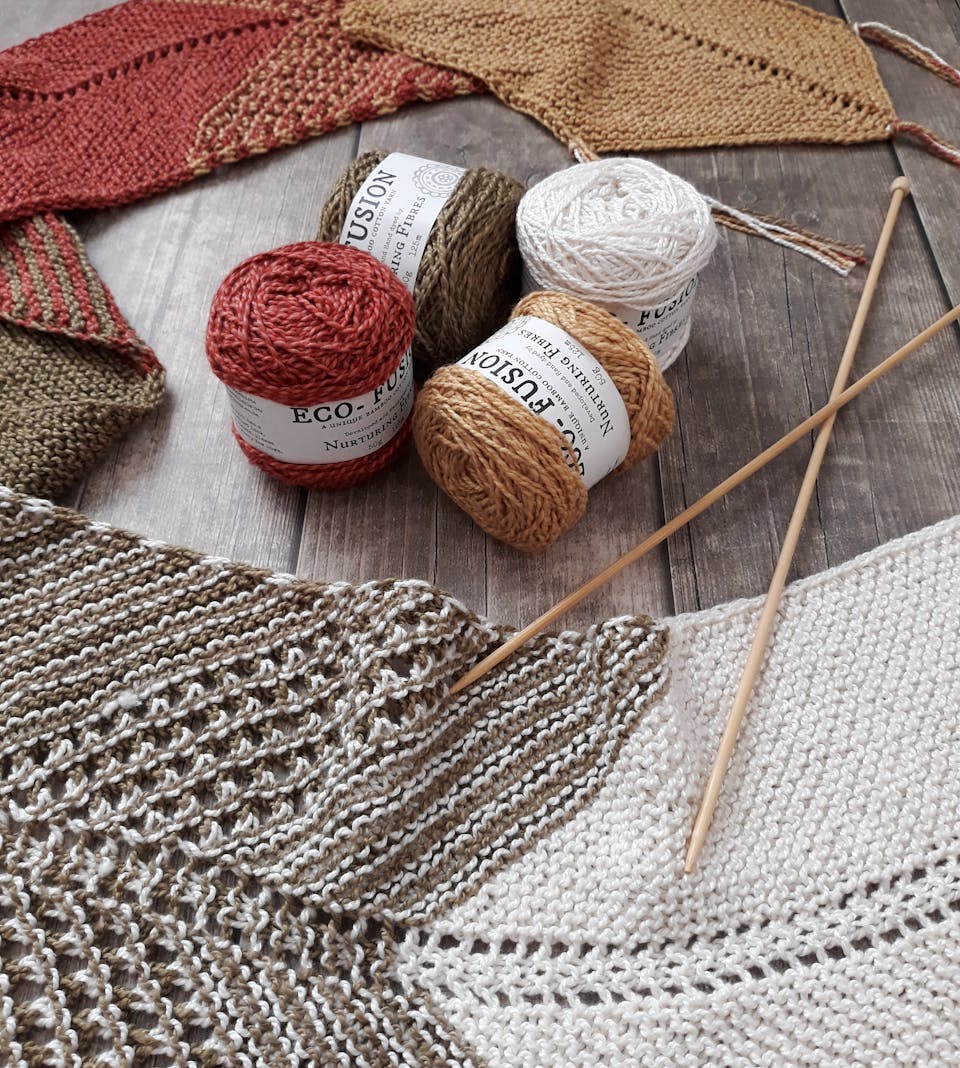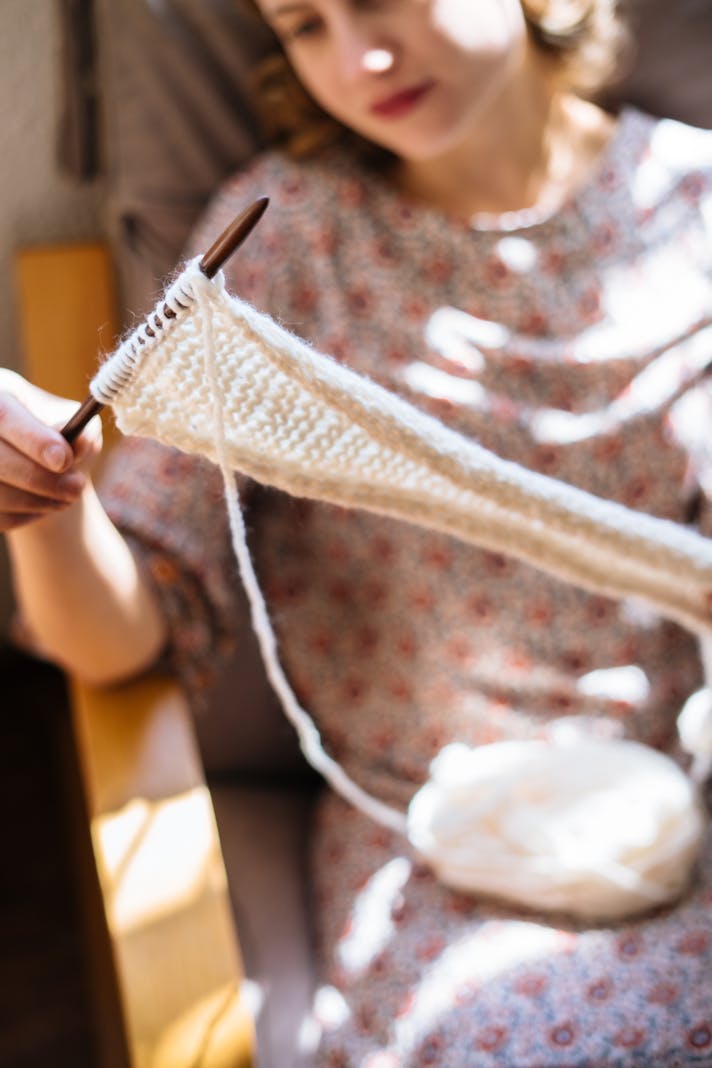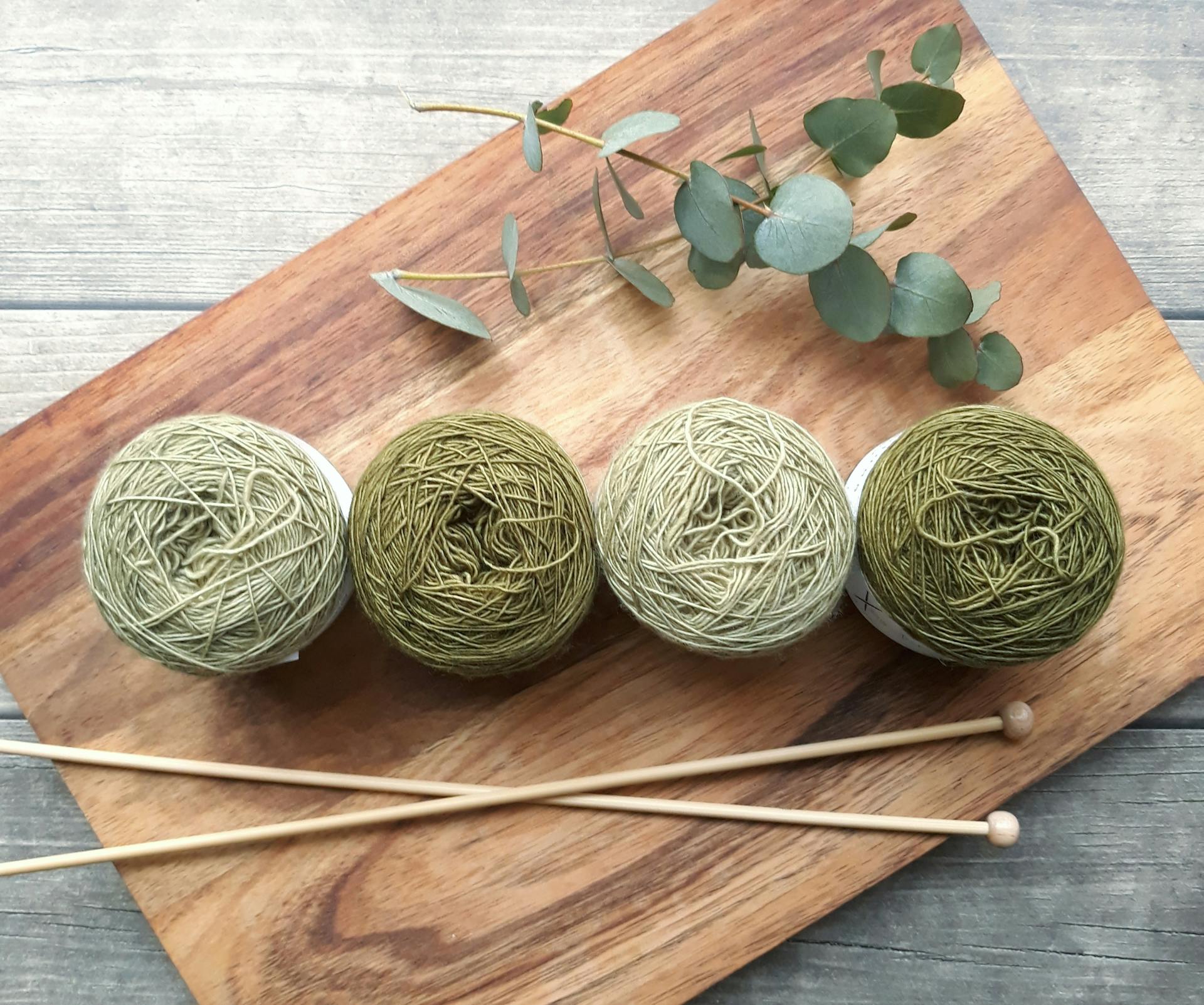Slow Fashion and Knitting

In reaction to the mass production of inexpensive clothing and its effects, the terms ‘fast fashion’ and ‘slow fashion’ have of late become very popular. “Fast Fashion” refers to trendy, low-cost items which are worn for perhaps a season or two and then thrown out or given to places such as Goodwill. Unfortunately, this clothing mindset is horrible for both the environment and for the people who work in the industry. Many ideas have come to the forefront to try and address the problems; the ‘Slow Fashion’ movement attempts to change the mindset of consumers in regards to their wardrobes.
Simply put, “Slow Fashion” focuses on quality over quantity, classics over trends, and individualism over the dictates of the industry. A “Slow Fashionista” might pay more for an item but then wear it for as long as possible, choosing clothes that work with one’s figure and are timeless. When in the mood to shop, s/he may check out a used clothing store instead of heading to the mall. If tired of a particular item, s/he will consider alterations instead of tossing it. S/he may choose items that are fair trade or eco-certified, or s/he may simply buy less – a great deal less – in pursuit of a wardrobe that shows personal style and a respect for the rest of the world.
How does knitting play into the idea of “Slow Fashion”? Making one’s own clothing is definitely a ‘slow’ business. A hand-knit sweater takes time and expertise; learning to choose appropriate patterns and yarns for one’s body and climate helps to keep one in touch with his or her environment. Also, it reminds one that clothing, like food, contributes to our experience in this world – the pleasure of making that sweater is then followed by the pleasure of wearing it over and over.
One’s choice of yarn can either be considered ‘fast’ or ‘slow.’ Consider where the yarn is made, and by whom under what conditions. If the yarn line supports a cottage industry in a developing country, one’s purchase may help to ameliorate poverty. Buying luxury yarn is expensive, but if one wears an item year-in and year-out, the cost per wearing becomes reasonable. If the cost is still prohibitive, consider making accessories that use fingering or sport-weight yarn – projects will take longer, but that means more knitting time!
Knitted accessories extend the wearability of simple clothing and add that unique mark that makes an outfit special. A selection of knitted scarves can make that white shirt/black pants combination look different for each wearing. Vests use less yarn than sweaters, but can be worn in different ways year-round to extend their usefulness. Knitted socks are one of life’s great pleasures and the very essence of hygge, or Danish cozy style. And how about fingerless mitts, which can take an outfit from elegant to punk depending on the details, or wraps, which are laden by nature with personality? Consider also lace cuffs to dress up a simple sweater.
Consider also using knitting skills to alter clothing that’s already sitting in the closet. Small knitted flowers can be sewn onto a denim jacket or vest. A skirt might benefit from the addition of a knitted border in yarn that matches the weight of the material. How about removing the collar from a shirt and replacing it with one’s that’s knitted a la Louisa Harding patterns?
Some of these ideas will seem stupid to particular readers, and that’s okay – everyone interprets the concept of ‘slow fashion’ differently. The challenge is to think through one’s purchases and to make their wardrobe conscious and expressive of one’s beliefs. Whether one wants to improve the working conditions of textile workers, focus on eco-conscious clothing, or simply stop participating in a throw-away lifestyle, knitting with a ‘slow fashion’ focus can only improve one’s quality of life.
Simply put, “Slow Fashion” focuses on quality over quantity, classics over trends, and individualism over the dictates of the industry. A “Slow Fashionista” might pay more for an item but then wear it for as long as possible, choosing clothes that work with one’s figure and are timeless. When in the mood to shop, s/he may check out a used clothing store instead of heading to the mall. If tired of a particular item, s/he will consider alterations instead of tossing it. S/he may choose items that are fair trade or eco-certified, or s/he may simply buy less – a great deal less – in pursuit of a wardrobe that shows personal style and a respect for the rest of the world.
How does knitting play into the idea of “Slow Fashion”? Making one’s own clothing is definitely a ‘slow’ business. A hand-knit sweater takes time and expertise; learning to choose appropriate patterns and yarns for one’s body and climate helps to keep one in touch with his or her environment. Also, it reminds one that clothing, like food, contributes to our experience in this world – the pleasure of making that sweater is then followed by the pleasure of wearing it over and over.
One’s choice of yarn can either be considered ‘fast’ or ‘slow.’ Consider where the yarn is made, and by whom under what conditions. If the yarn line supports a cottage industry in a developing country, one’s purchase may help to ameliorate poverty. Buying luxury yarn is expensive, but if one wears an item year-in and year-out, the cost per wearing becomes reasonable. If the cost is still prohibitive, consider making accessories that use fingering or sport-weight yarn – projects will take longer, but that means more knitting time!
Knitted accessories extend the wearability of simple clothing and add that unique mark that makes an outfit special. A selection of knitted scarves can make that white shirt/black pants combination look different for each wearing. Vests use less yarn than sweaters, but can be worn in different ways year-round to extend their usefulness. Knitted socks are one of life’s great pleasures and the very essence of hygge, or Danish cozy style. And how about fingerless mitts, which can take an outfit from elegant to punk depending on the details, or wraps, which are laden by nature with personality? Consider also lace cuffs to dress up a simple sweater.
Consider also using knitting skills to alter clothing that’s already sitting in the closet. Small knitted flowers can be sewn onto a denim jacket or vest. A skirt might benefit from the addition of a knitted border in yarn that matches the weight of the material. How about removing the collar from a shirt and replacing it with one’s that’s knitted a la Louisa Harding patterns?
Some of these ideas will seem stupid to particular readers, and that’s okay – everyone interprets the concept of ‘slow fashion’ differently. The challenge is to think through one’s purchases and to make their wardrobe conscious and expressive of one’s beliefs. Whether one wants to improve the working conditions of textile workers, focus on eco-conscious clothing, or simply stop participating in a throw-away lifestyle, knitting with a ‘slow fashion’ focus can only improve one’s quality of life.

Related Articles
Editor's Picks Articles
Top Ten Articles
Previous Features
Site Map
Content copyright © 2023 by Korie Beth Brown, Ph.D.. All rights reserved.
This content was written by Korie Beth Brown, Ph.D.. If you wish to use this content in any manner, you need written permission. Contact Korie Beth Brown, Ph.D. for details.







